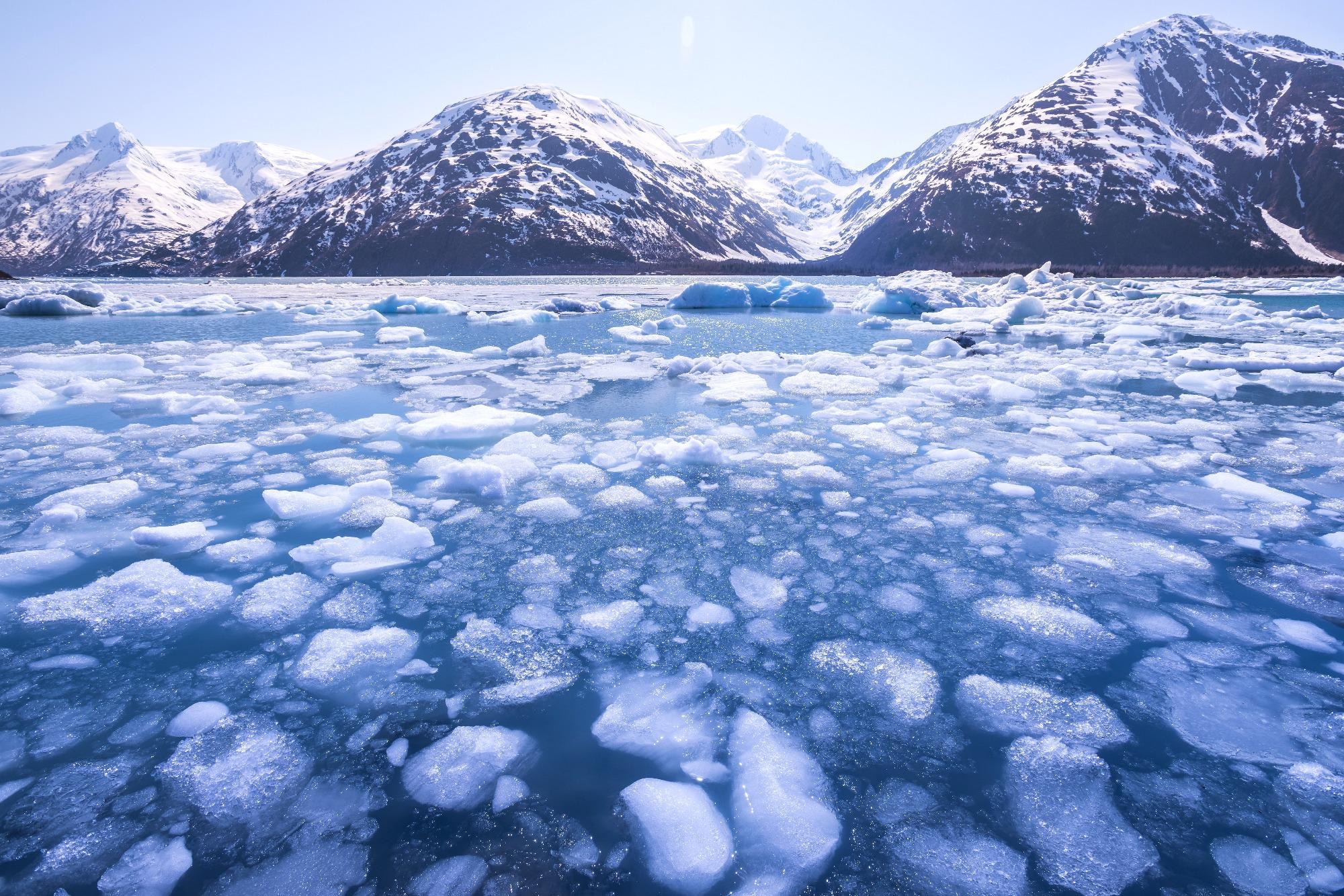The idea of injecting sulfur into the stratosphere to decrease solar radiation and curb the melting of the Greenland ice cap seems to be an interesting proposal but it also has risks involved.

Image Credit: Shutterstock.com/ LifetimeStock
Climatologists at the University of Liège (ULiège) investigated this question and tested the proposed scenario with the help of the MAR climate model developed at ULiège. The study results were published in The Cryosphere journal.
It is known that the Earth’s ice caps are not in a good condition. The ice sheet of Greenland is expected to lose its mass at a faster rate over the 21st century, due to the anthropogenic greenhouse effect, gas emission and the extent of Greenland’s mass loss.
To mitigate this phenomenon and to thus control global warming, it is necessary to reduce greenhouse gas emissions. Fresh ideas are evolving every day to curb global warming, like the use of solar geoengineering, a climate intervention that included artificially reducing solar radiation above the ice caps and thus restricting the melting of ice.
The idea is to inject sulfur into the stratosphere, a stable meteorological zone located between 8 and 15 km altitude in the atmosphere. The sulfur will then act as a kind of mirror which will reflect part of the solar radiation back to space.
Xavier Fettweis, FNRS, Qualified Researcher and Director, Climatology Laboratory, SPHERES/Faculty of Sciences, University of Liège
Then, sulfur will serve as a kind of mirror that helps reflect a portion of the solar radiation again into space. This would help create an intervention that reduces the amount of sunshine on Earth, quite similar to the scenario during a volcanic eruption.
In 1991, an eruption in Pinatubo (Philippines) injected millions of tons of sulfur dioxide into the stratosphere, leading to a drop in global temperature of around 0.5 °C. Such observations gave rise to solar geoengineering scenarios. The climatologists at ULiège are looking forward to testing the safety and reliability of this scenario.
We used a plausible scenario (G6solar) of solar geoengineering making it possible to reduce global warming by a factor of 2 on a global scale compared to the most pessimistic scenario where nothing would be done for the climate.
Xavier Fettweis, FNRS, Qualified Researcher and Director, Climatology Laboratory, SPHERES/Faculty of Sciences, University of Liège
“By forcing the MAR model (Regional Atmospheric Model) developed at ULiège using this scenario, we show that the decrease in solar radiation associated with this scenario would locally reduce the melting at the surface of the Greenland ice cap by 6%. in addition to the global reduction in global warming,” added Fettweis.
Although these results appear promising, the researchers still insist that this type of scenario would not be enough to maintain the ice cap in a stable state by the end of the 21st century.
Furthermore, the risks associated with this intervention could have a considerable effect on the ozone layer and water cycles, as well as precipitation, thus highlighting the disparities between wet and dry regions.
Only solar geoengineering scenarios that are much more ambitious, but becoming unrealistic and dangerous, would save the ice cap. We are talking here about human and intentional intervention on the climate. A plan B that is not! It is therefore urgent to drastically reduce our greenhouse gas emissions by means that we know but that we are struggling to implement.
Xavier Fettweis, FNRS, Qualified Researcher and Director, Climatology Laboratory, SPHERES/Faculty of Sciences, University of Liège
Journal Reference:
Fettweis, X., et al. (2021) Brief communication: Reduction in the future Greenland ice sheet surface melt with the help of solar geoengineering. The Cryosphere. doi.org/10.5194/tc-15-3013-2021.